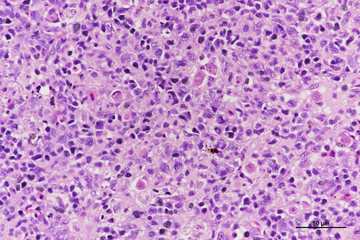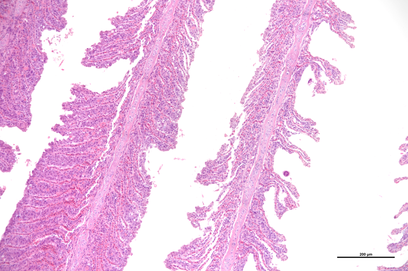Our Research
|
Research in our group is focused on the health of aquatic organisms.
Through use of molecular techniques and classic pathology, we seek to understand the aetiology of disease in the aquatic environment. Clinical and sub-clinical disease can negatively impact a plethora of factors key to population survival and success. Our research therefore seeks to improve not only understanding of disease diagnostics and control, but also monitoring and regulation of important fisheries stocks. We study both infectious and non-infectious challenges to animal health, with a focus on the biological consequences in fish. |
Our research group collaborates with researchers, state and federal agencies in America and beyond.
We are always open to new collaborations.
Research should be collaborative, and we are not threatened by colleagues with overlapping expertise. Instead, we are excited to work together towards our shared goals of improved understanding of aquatic animal health and disease.
We are a university-based research group and as such, we have a strong focus on education and support for early career students and scientists with an interest in the field of aquatic animal health. If you choose to join our group, we will value your experience and insight, support your growth and celebrate your success, however you personally define that.
We are always open to new collaborations.
Research should be collaborative, and we are not threatened by colleagues with overlapping expertise. Instead, we are excited to work together towards our shared goals of improved understanding of aquatic animal health and disease.
We are a university-based research group and as such, we have a strong focus on education and support for early career students and scientists with an interest in the field of aquatic animal health. If you choose to join our group, we will value your experience and insight, support your growth and celebrate your success, however you personally define that.



